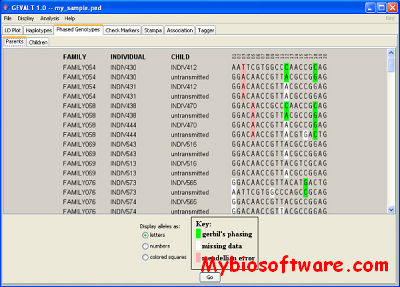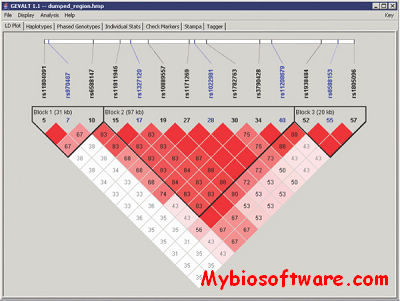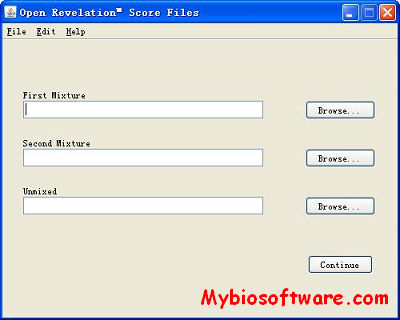GRAMA 1.1
:: DESCRIPTION
GRAMA (Genetic Recombinant Analysis and Mapping Assistant) is a new tool that automates TGCE data analysis for genetic mapping purpose. Data from multiple TGCE runs are integrated and displayed in an intuitive visual format. GRAMA includes its own algorithm to detect peaks in electropherograms, and peaks detected by GRAMA are automatically compared with those of another software package for any difference that will be flagged for user inspection. Analyses of the automatically combined genetic mapping results from GRAMA reveal high accuracy with virtually zero errors. Because of the accuracy of the calls and the intuitive interface, GRAMA boosts user productivity more than two-fold relative to previous manual methods.
::DEVELOPER
Complex Computation Laboratory ,Iowa State University
:: SCREENSHOTS
:: REQUIREMENTS
- Linux / Windows /Mac OsX
- JAVA
:: DOWNLOAD
 Registration First ; GRAMA
Registration First ; GRAMA
:: MORE INFORMATION
Citation
GRAMA: genetic mapping analysis of temperature gradient capillary electrophoresis data. Philip M. Maher, Hui-Hsien Chou, Elizabeth Hahn, Tsui-Jung Wen and Patrick S. Schnable. Theoretical and Applied Genetics Online First, April 2006. DOI: 10.1007/s00122-006-0282-6



